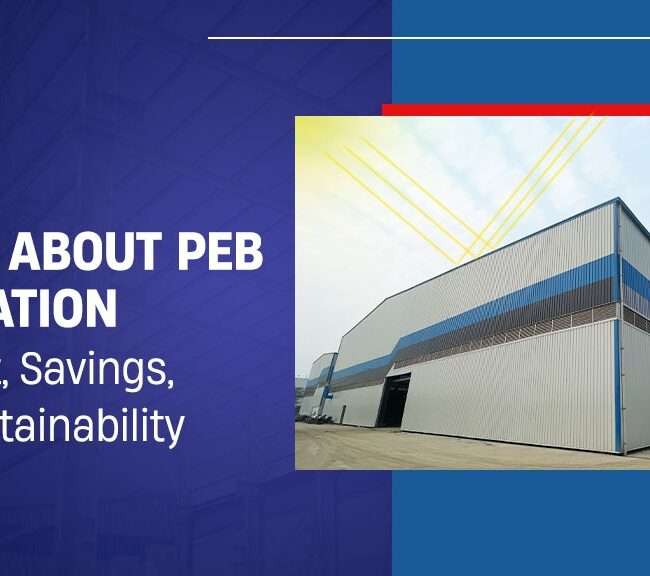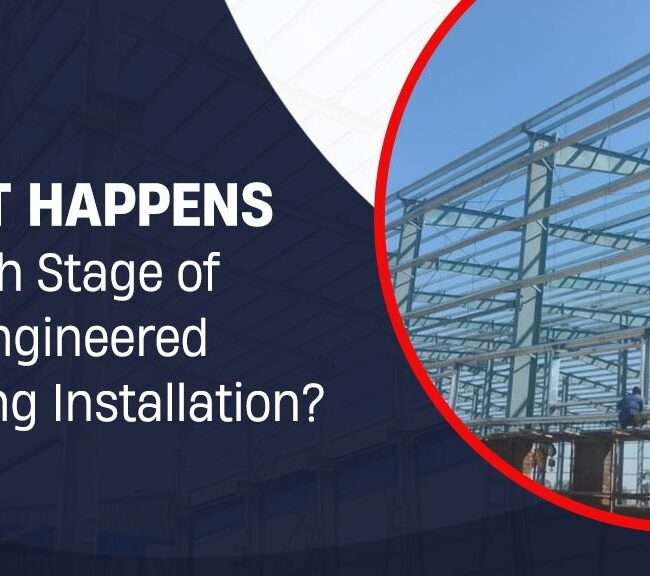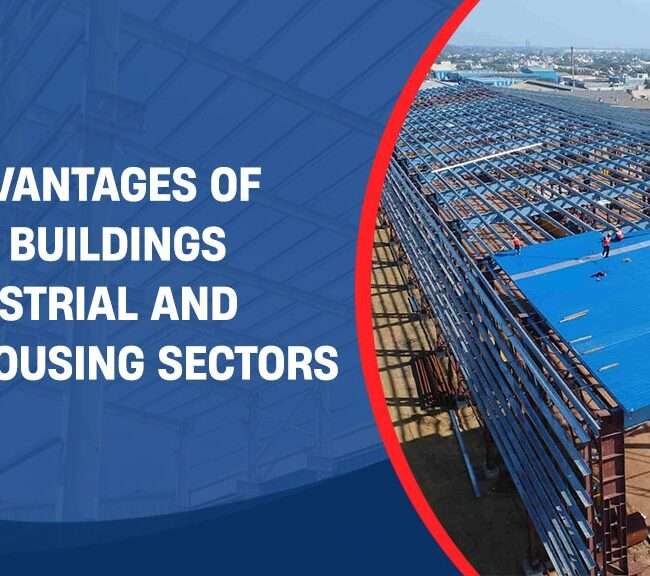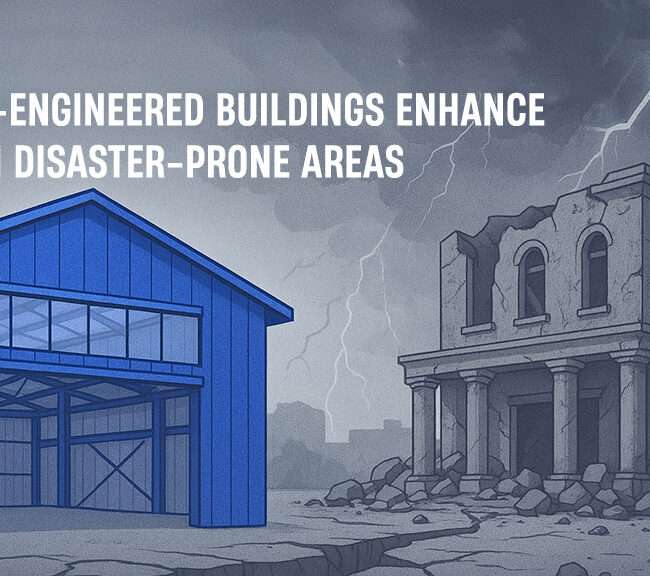In today’s fast-paced world, commercial buildings must be built not only for efficiency but also for resilience. Disaster-prone areas, where threats like earthquakes, hurricanes, and floods are common, require structures that prioritise safety without compromising functionality. Prefabricated (prefab) commercial pre engineered buildings have emerged as a solution that enhances safety while offering economic and environmental benefits. Here’s how prefab structures improve safety in such regions.
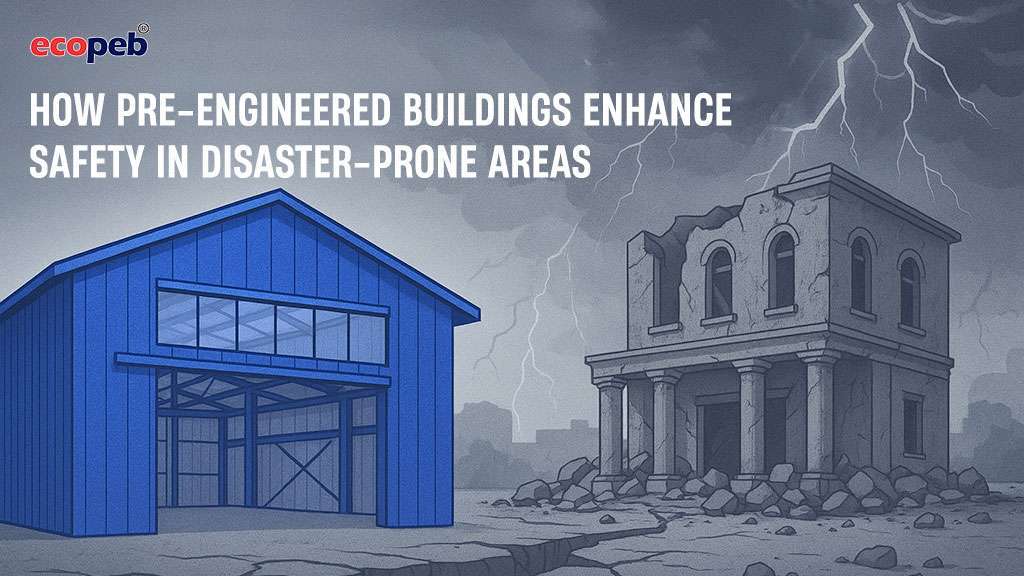
1. Engineered for Structural Integrity
Prefab commercial buildings are designed and manufactured with precision in controlled factory settings. Unlike traditional construction, where materials and workmanship can vary, prefab components undergo rigorous quality checks, ensuring uniformity and durability. These structures use high-strength steel, reinforced concrete, and other advanced materials that offer superior resistance against environmental stressors.
For earthquake-prone areas, prefab buildings are designed with flexible yet sturdy frameworks that can absorb and dissipate seismic energy. For hurricane zones, wind-resistant designs incorporate reinforced panels, bracing systems, and aerodynamic features to withstand strong gusts.
2. Improved Fire Resistance
Fire safety is a critical concern for commercial buildings, especially in industrial zones. Prefab buildings use fire-resistant materials such as gypsum boards, treated steel, and concrete panels. Additionally, factory-built components are manufactured under strict fire safety guidelines, reducing the risk of material defects that could contribute to fire hazards. Some prefab structures also incorporate firebreaks and non-combustible insulation, further enhancing safety.
3. Resistance to Flood and Water Damage
Flood-prone regions require buildings that can withstand prolonged exposure to water and high moisture levels. Prefab commercial pre engineered buildings are designed with water-resistant materials such as treated wood, corrosion-resistant metals, and moisture-proof insulation. Elevated foundations, effective drainage systems, and modular construction techniques allow prefab structures to minimize water ingress and structural degradation.
4. Faster Construction Reduces Exposure to Hazards
One of the most significant safety advantages of prefab commercial buildings is their rapid construction timeline. Traditional buildings often require months or even years to complete, exposing construction workers and materials to environmental hazards. In contrast, prefab buildings are manufactured off-site and assembled on location within weeks, reducing exposure to extreme weather conditions, earthquakes, and other disasters during construction.
5. Adaptability and Modular Expansion
Disaster-prone areas may require quick modifications or expansions in response to environmental changes. Prefab commercial pre engineered buildings offer modular adaptability, meaning they can be expanded, relocated, or modified without extensive demolition or reconstruction. This flexibility ensures that businesses can quickly adjust their infrastructure to meet evolving safety needs.
6. Sustainable and Eco-Friendly Materials
Sustainability plays a crucial role in safety. Prefab commercial pre engineered buildings often use eco-friendly, recyclable materials that reduce environmental impact and promote resilience. Many prefab structures incorporate energy-efficient insulation, solar panel roofing, and rainwater harvesting systems, making them self-sufficient during disasters that disrupt utility services.
7. Compliance with Safety Regulations
Prefab commercial buildings are engineered to meet or exceed safety codes and standards set by national and international regulatory bodies. Manufacturers adhere to strict guidelines related to seismic resistance, wind loads, fire safety, and overall structural integrity. This compliance ensures that prefab buildings in disaster-prone areas are not just functional but also legally sound and safe for occupants.
8. Cost-Effective Disaster Recovery
After a disaster, rebuilding commercial infrastructure can be time-consuming and expensive. Prefab buildings allow businesses to recover faster by providing cost-effective, ready-to-install solutions. Since prefab structures require fewer materials and labor, they help organizations resume operations swiftly, minimizing economic losses.
ecopeb: The Leading Provider of Pre Engineered Buildings
When it comes to pre engineered buildings, ecopeb stands out as the top service provider. With years of expertise in delivering high-quality prefab solutions, ecopeb ensures that businesses in disaster-prone areas get the safest, most reliable, and cost-effective commercial structures. Our innovative designs, strict adherence to safety standards, and commitment to sustainability make ecopeb the preferred choice for pre-engineered buildings.
In disaster-prone areas, safety should be a top priority when constructing commercial pre engineered buildings. Prefab structures offer enhanced resilience against earthquakes, hurricanes, floods, and fires, making them a reliable choice for businesses seeking long-term security. With superior engineering, faster construction, adaptability, and compliance with safety regulations, prefab commercial pre engineered buildings are shaping the future of disaster-resistant infrastructure.
By choosing ecopeb for prefab commercial buildings, businesses can ensure safety, sustainability, and cost-effectiveness while preparing for the unpredictable challenges of natural disasters.
Learn more about: pre-engineered buildings Case Study



